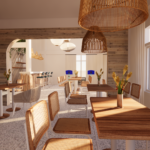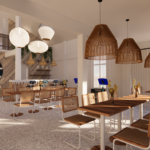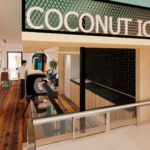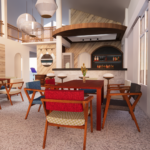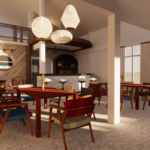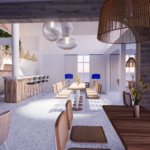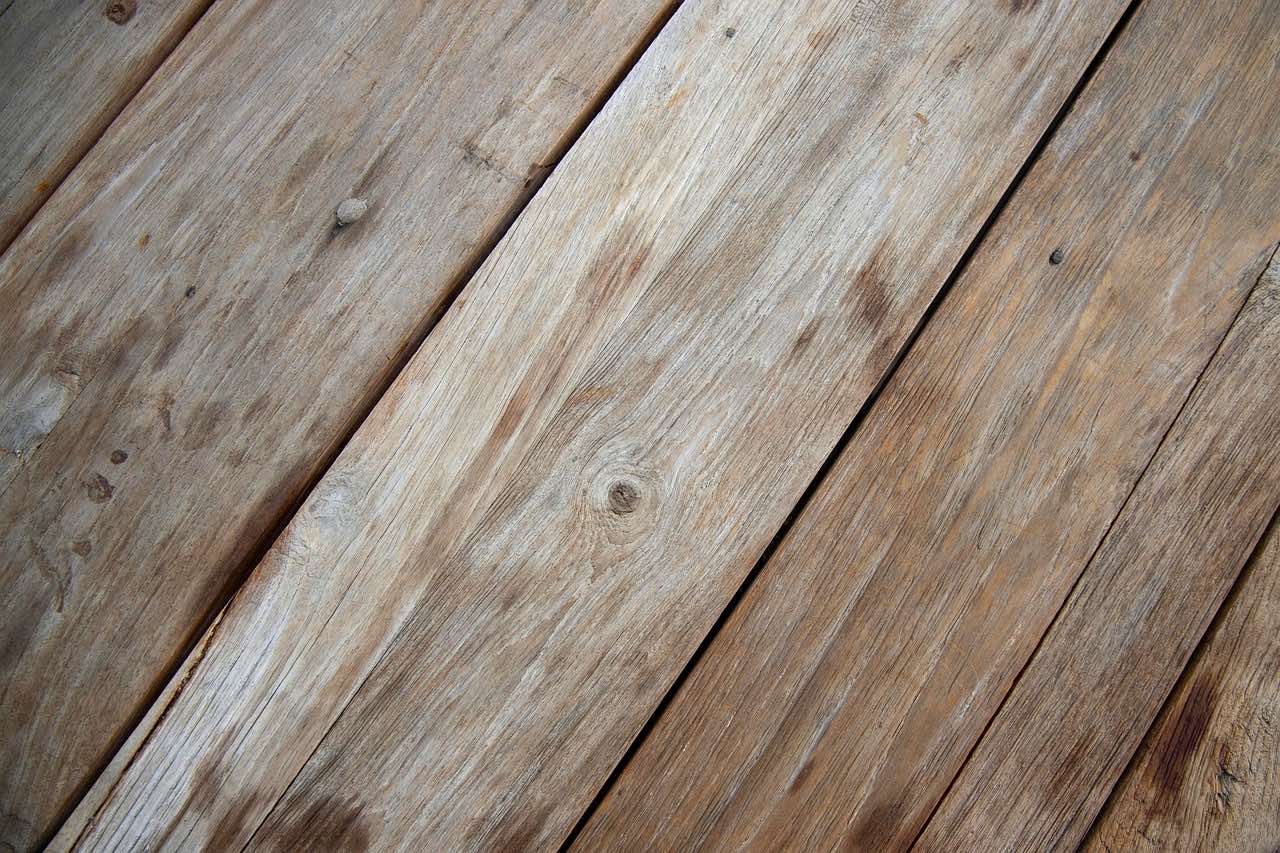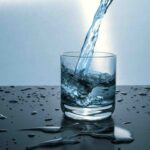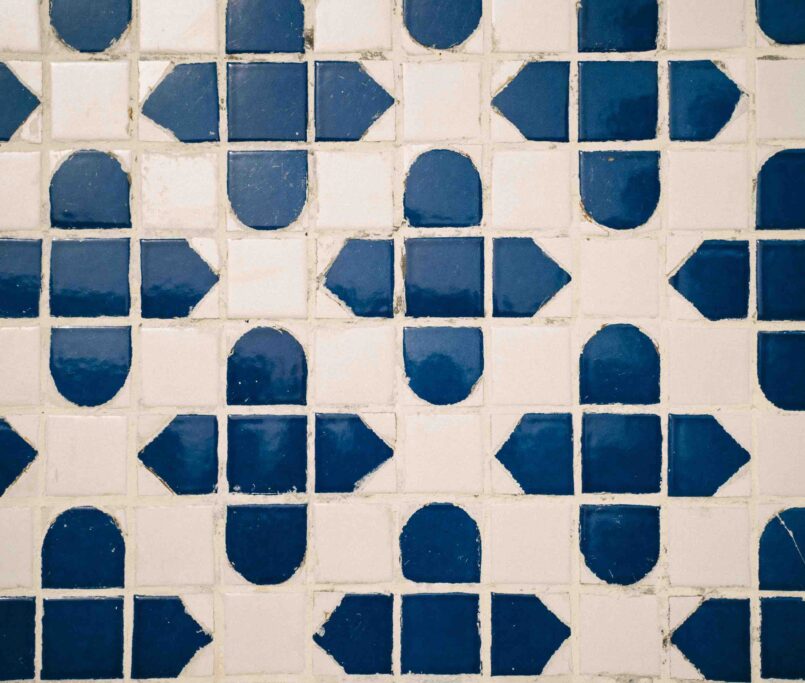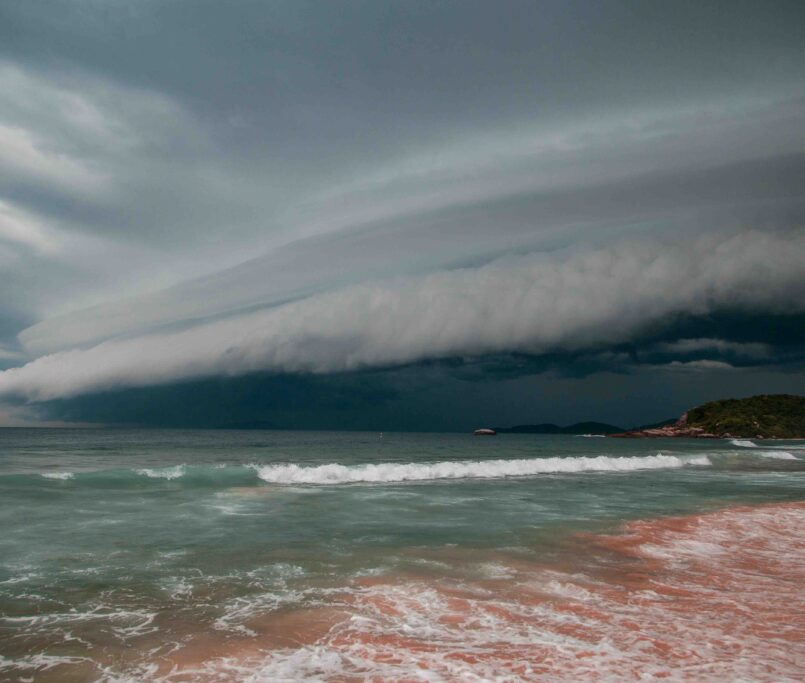Koh Samui’s tropical monsoon climate (marked by long dry spells, sudden downpours, and humidity levels exceeding 80%) places unique demands on hardwood flooring. While timber brings warmth and elegance to villa interiors, only certain species, finishes, and construction methods can withstand the island’s seasonal extremes. Understanding how to build for this climate begins with the right questions — not just about materials, but also about installation technique and long-term movement.
Solid vs Engineered Hardwood: Know the Difference
Solid hardwood, especially dense tropical species like teak or merbau, offers excellent longevity in Koh Samui’s climate but only when properly kiln-dried and installed with room to expand. Engineered hardwood, by contrast, is constructed with a real wood veneer bonded to a stable base (usually plywood or HDF), making it inherently more resistant to warping. In villas with concrete slab floors or consistent air-conditioning, engineered boards can outperform solid timber by maintaining dimensional stability year-round.
That said, engineered flooring should not be treated as a shortcut. Quality varies widely and avoid options with overly thin wear layers (less than 3 mm) or low-grade adhesives, which may delaminate in high humidity.
Teak vs Other Timbers: Durability in Monsoon Conditions
Teak’s natural oils, tight grain, and high silica content make it one of the few timbers that can handle Samui’s monsoon cycles without preservatives. In comparison:
- Oak expands too readily and tends to blacken around moisture ingress points.
- Maple and ash, popular in temperate zones, fare poorly without constant dehumidification.
- Pine, even pressure-treated, tends to cup and stain in subfloor damp or salt-laden air.
Sustainably sourced, FSC-certified teak remains the benchmark. It resists termites, rot, and salt without heavy chemical intervention, and this is a clear advantage in eco-conscious villa projects.
Flooring Installation Strategy: Avoiding Movement and Moisture Traps
Hardwood is only as good as its base. In Samui, subfloors must be dry, level, and well-ventilated. For slab floors, vapour barriers and breathable underlays are non-negotiable. On raised timber platforms, airflow beneath the floor must be maintained to avoid trapped humidity, especially during monsoon months when standing ground moisture is common.
Expansion gaps of at least 10 mm must be observed around perimeter walls, columns, and fixed cabinetry. In multi-zone villas, transitions between materials (timber to tile, for instance) should include movement joints to prevent buckling or separation during seasonal shifts.
Flooring Finishes: Breathing vs Sealing
The finish applied to a hardwood floor in a tropical monsoon climate can determine its performance over time:
- Oil-based finishes, such as tung or linseed oil blends, penetrate the wood and allow it to breathe, which can help in naturally ventilated villas.
- Polyurethane provides a hard, UV-resistant seal but may crack if subfloor moisture isn’t properly managed.
- UV-cured finishes offer durability but require professional application and re-coating protocols.
In high-traffic areas or near open-plan kitchens, a satin-matte polyurethane may strike the best balance between protection and aesthetic.
Early Coordination = Better Performance
Flooring isn’t a finishing detail — it’s part of the architectural and MEP planning. Material selection affects structural floor height, door thresholds, AC performance (via thermal mass), and acoustic treatment. Decisions about wood direction, cutouts for joinery, or wet-area transitions should happen during layout, not after plastering.
Conclusion
In Koh Samui, flooring must do more than look good and it must move, breathe, and survive the rhythm of monsoon living. Teak and engineered hardwood both have their place, but neither will perform without proper installation, subfloor preparation, and finish selection. The key is not just choosing good materials, but integrating them into a design that understands the island’s climate from the ground up.
For more guidance on villa construction in challenging tropical environments, visit our blog or contact us. Follow our YouTube channel which is rich in great building and design information.

